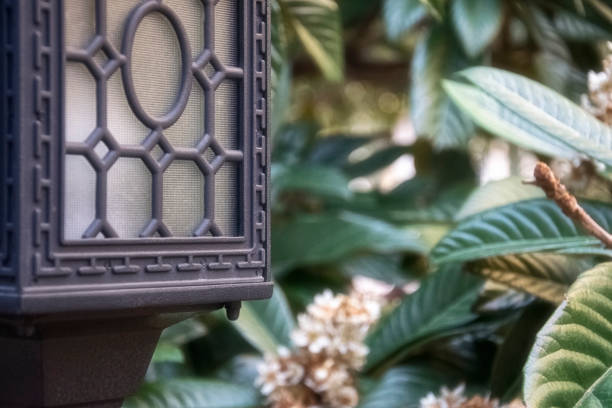Outdoor decorative screens can be used for a number of different purposes. They offer excellent privacy by preventing neighbors from seeing the backyard. They could be used to cover a view that is not appealing.
Screening can help distinguish different areas of your yard. This will result in a more detailed design, which is not obvious at first.
These screens are a great way to create a unique look in your garden. They can be made from a variety of materials, such as trees, shrubs, and climbers. Here are some ideas on how to use decorative screens effectively in Melbourne:
Double up Boundary Planting
Privacy is important in a garden overlooked by homes nearby. It is not always best to “double wrap” an area. For seclusion and screen, the best trees are those that add height, structure, and a focal element. Cercidiphyllum Japonicum, a graceful, medium-sized, light, delicate tree, is used in this yard. The heart-shaped leaves are a great way to add interest to all four seasons. They emerge bronze in spring and slowly turn yellow and orange during the fall.
Bring Your Vision into Your own space.
Upgrade to cedar if your fences have a noticeable but poor finish. Climbers, especially evergreen climbers, will provide your fence with structure and softness all year round, along with much-needed foliage. You can also attach trellis panels that will allow plants to climb. Both designs draw the eye inward.
Plant as many shrubs as possible to create a lush garden. This will add a great diversion. Another smart idea is to position your seating area in such a way that it faces inside the home instead of out. Add built-in seating and plants if you have limited space to increase the sense of privacy.
Spread out the Plantation
When both trees and plants are present, an area can feel secluded. It may also have a layered look. The depth and height of the plants make this backyard feel isolated. Use a casual planting mix if you don’t have time to cut.
Screen Boundary Walls with Living Walls
Living wall designs can be used for two reasons: to hide ugly or boring boundary walls and also to give your yard an entirely new planting dimension. Living walls offer more color and texture than garden beds because they are planted densely. Choose plants with shallow, light roots and sturdy, disease-resistant plants. They will have a small root area. For a look that will last all year, choose mainly evergreens and accent them with seasonal colors.
Idea For Garden Screening As A Design Element
Screens can be used to create “open” areas and creatively divide rooms. The formal areas of the garden have been subtly restrained with decorative laser-cut steel screens. These also act as features by drawing the viewer’s eye to specific garden views or focal points.
Divide Screen Areas with Arches and Arbors
Covering arches, tunnels, and arbors with abundantly flowering climbers or vines will transform them into attractive focus areas. They can also be used as garden screens, which define the entrance of a garden room, each with its planting scheme and ambiance. They can also be used to divide up different garden areas.
An arbor hidden in dense, vibrant foliage can create the illusion of space for a small garden.
Design A Garden Trail Using Screening Plants
If there is sufficient space, divide regions using planted barriers to give the illusion of a journey in the garden. The planting can create the illusion of more space. Curving paths amongst an abundance of plants and flowers can be mysterious and more interesting, bringing surprises to every corner.
Instead of grabbing the fence, try to maximize what you have. Make a tour of your garden and look for any privacy issues. In your story, is there a place where you’re completely invisible? Consider if you’re using this space as effectively as possible. It would be best if you also considered when privacy is most important to you.
